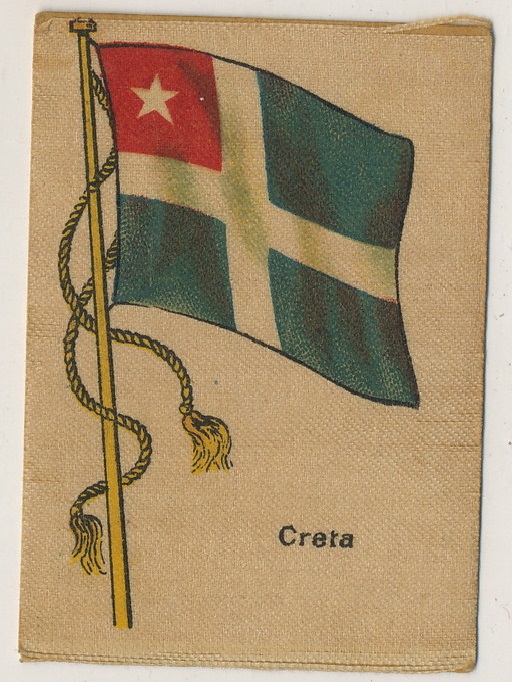The text beneath the illustration reads:
“A meeting convened by the British Military Commissioner, Sir Herbert Chermside, was held on Crete on November 13, in a large tent at Pachides, on the outpost line, at which Sir Alfred Biliotti, the British Consul was present. Representatives of Christians of the province of Candia accepted with acclamation the conditions for the disarmament of the population, and urged that British officials and troops should be used to administer and safeguard their districts. Later Sir Herbert Chermside entertained about seventy headmen to a champagne lunch. Some 300 (?) rifles were brought into Candia on the following day.”
The Graphic 20 December 1898.
No details have been found of the quantity or quality of champagne consumed.
Cretan Muslims within Candia by the British had been disarmed within days of the Candia massacre of 6th September, a process that produced some 5,356 firearms of which 1,576 were deemed to be the property of the Ottoman Government, and the final Ottoman troops had been thrown off the island by 5th November. The problem remained with the Cretan Christians whose leaders had made it clear to Chermside that infighting within the Christian community could preclude disarmament taking place. The mistrust between the political factions of the Christian community, and the suspicions of the Christian leaders that any Cretan Christian administrators would act in a partisan fashion, was so great that only the presence of ‘neutral’ British troops in the countryside could induce the chieftains to instruct their followers to surrender their arms.
On 6th December 1898, following the Pachides meeting, Chermside was able to report to Rear Admiral Noel, the Senior British military commander in Crete and one of the ruling ‘Council of Admirals’, that British troops and officers previously confined within a ‘cordon’ around Candia within the range of naval guns, had started administering the towns and villages within the British secteur. By that date they had collected 16,000 firearms, ‘exclusive fowling pieces and revolvers’ from the civilian population.*
*National Archive. FO78/4969. Page 230. Chermside to Rear Admiral Noel, 6th December 1898. Inclosures 1 & 2 in No. 1.














